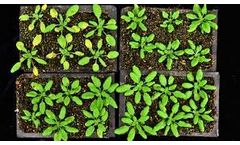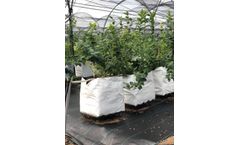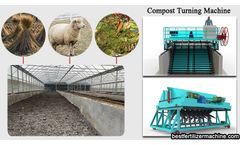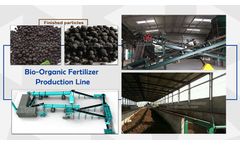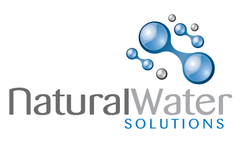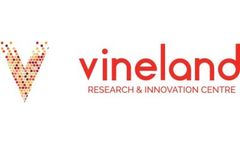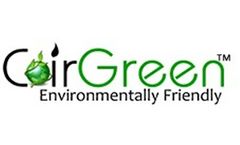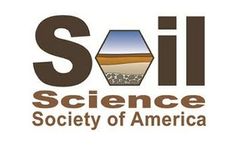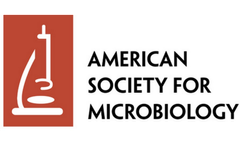Plant Pathogens Articles & Analysis: Older
20 articles found
Yet, the others are harmful for man, animals and plants, since they cause diseases (mycoses) and / or intoxications (mycotoxicoses). ...
Plants are constantly attacked by bacteria, viruses and other pathogens. ...
In recent years, the demand for berries, and more specifically blueberries, has increased. This has led to an increase in surface area and cultivation techniques. Soil is no longer a problem thanks to the existence of optimal substrates for growing blueberries. Of all the berries, blueberries require the most consideration for greenhouse cultivation. We are going to see some of them, as well as ...
There is a widespread misconception that the taste of vegetables is solely based on genetics of the plant species and cannot be enhanced by cultivation techniques or environmental conditions. That would be true in a scenario where other cultivation parameters were universally normalised. However, this is rarely the case when it comes to indoor vegetable production facilities. The cultivation ...
High temperature composting takes plant materials with high fiber content as the main raw materials, and generates a lot of heat through composting and fermentation under aerated conditions. ...
This is because in the early heating and high temperature stage of composting, plant pathogenic bacteria, insect eggs, weed seeds and other harmful microorganisms will be killed, but the main role of microorganisms in this process is metabolism, reproduction, and only a small amount of metabolites. These metabolites are unstable and not easily absorbed by ...
In the process of microbial growth and reproduction, it can secrete a variety of antibiotics and plant growth and elements. It can not only inhibit the activities of plant pathogenic microorganisms, play a role in the prevention and control of plant diseases, but also stimulate the growth of crops, develop their roots, promote ...
Using LED grow lights in plant production is a relatively new branch of science. In vertical farming where artificial light sources are used in closed environment it is important to collect data about the individual plant species to be able to produce the right spectrum and light intensity for vegetative and generative growth. Light spectrums can also be used to ...
Fungi are, in essence, nature’s first compost bin. Many of them also help plants grow or carry out other important ecosystem functions. And some fungi are pathogens, causing disease in plants and animals, including humans. ...
ByEnsia
In late 2015, a journal article from the European Journal of Plant Pathology was published on research regarding the efficacy of different disinfectants against plant pathogens in irrigation water. ...
Grape and Wine: Develop a clean plant program and national standards to ensure virus negative material is propagated and planted within Ontario. ...
The morning session is: From the roots up: induced plant resistance to pests. “Biocontrol against diseases is based on the use of beneficial micro-organisms and microbe-derived products. “These products have a direct effect against several plant pathogens, but can also induce a systemic defence response in the plant ...
A combination of the benefits of coir and grow bags Combining the benefits of both growbags and coir, CoirGreen™ Growbags provide more growing space and planting options. They are also easy to use and are less messy. They provide high yield from a small space and thus are ideal for patio gardening; the bags are also extremely versatile. ...
There are numerous plant disease-screening methods used to identify resistance in various crops. ...
Pls1 tetraspanins were shown for some pathogenic fungi to be essential for appressorium-mediated penetration into their host plants. ...
In the past decade, MAPKs in various plant and human pathogenic fungi have been characterized. In this review, we will compare their functions in different fungal pathogens with a focus on infection-related morphogenesis and virulence ...
In the past decade, MAPKs in various plant and human pathogenic fungi have been characterized. In this review, we will compare their functions in different fungal pathogens with a focus on infection-related morphogenesis and virulence. ...
Fungi also have a considerable impact on our economy because they serve as bio-factories for the industrial production of proteins (90, 130) and because many fungi are human and plant pathogens that pose a threat to public health and agriculture (1, 105, 124). ...
Transgenic potato lines expressing a synthetic magainin gene show improved resistance to the bacterial plant pathogen, Erwinia carotovora. Culturable bacterial and fungal communities associated with magainin-producing potato plants were compared with those communities from the non-transgenic parental control and with another potato cultivar. ...
Parasitic and pathogenic lifestyles have evolved repeatedly in eukaryotes (93). Several parasitic eukaryotes represent deep phylogenetic lineages, suggesting that they feature unique molecular processes for infecting their hosts. ...

